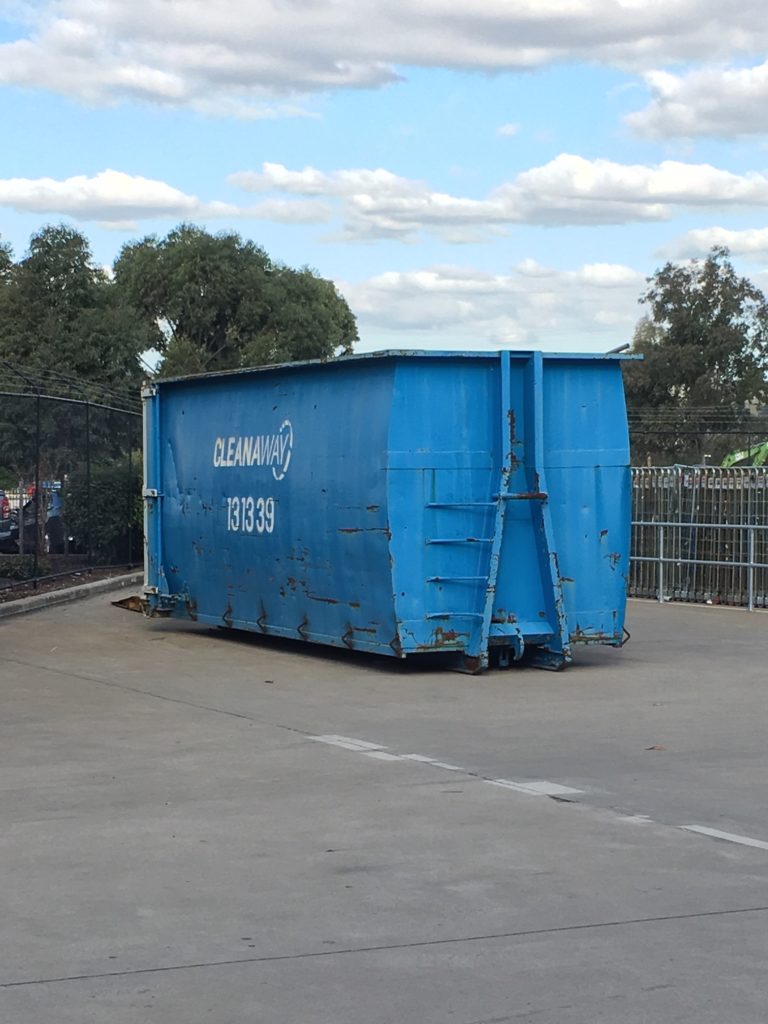In just nine months, we helped the warehousing business unit of a national retail customer improve their landfill diversion by up to 11%.
In just nine months, we helped the warehousing business unit of a national retail customer improve their landfill diversion by up to 11%.
Our national retail customer aims to divert 90% of its waste from landfill by 2022. To achieve this target, they needed a significant change in the way waste is managed, collected and processed across all business units and sites.
The warehousing business unit posed a unique challenge – the sites were large and complex, each with its own processes, waste streams and management structures.
In nine months of working with Cleanaway, the warehousing unit reported a 6% increase in diversion across all sites, with one site reporting an increase of at least 11%. Here’s how we did it.
Site audits and diversion action plans
Our teams visited each site and identified nine key recycling streams which could be applied to all locations including timber, metal, commingled recycling, paper, cardboard, LDPE, food and wet waste streams.

Pictured: Tailored bin sizes to match the volume of each waste stream

Pictured: Large skip bin for timber, metal and dry waste
We provided site specific action plans to implement these recycling streams including tailored bin sizes to fit the volume, location and processes of each site. The action plans were then linked to the customer’s diversion reporting, highlighting where the highest opportunities were.

Pictured: The one bin system in the pantry replaced with three bins – commingled, general waste and food waste with clear, colour-coded signage detailing what should go into each bin.
To further increase recycling opportunities, we included a process to partner with food rescue groups, REDcycle consumer programs for soft plastics and supplier recycling schemes for forklift batteries and pallet boards.
What’s next?
The focus is now on compliance and optimisation. Through tailored education programs, bin signage and our online education portal, we’re educating staff on how to use each bin correctly to minimise contamination in a particular waste stream. Contamination happens when the wrong material is put in the wrong bin, which reduces the quality of recyclable material in that stream and is a missed opportunity for resource recovery.
To further encourage compliance, we are monitoring the location of each bin to ensure that they are placed close to where the waste is generated. Finally, we continue to look at the processes that create waste to find opportunities to streamline operations.
Cleanaway conducts regular waste assessments with our customers to find out what’s going into their bins. It’s only then that we can work with our customers to figure out why and how to stop wastage.
Read this article to find out how our waste assessment helped a supermarket identify multiple bags of flour that were being damaged in transit, saving the customer a lot of money in stock loss and the cost of general waste once the problem was fixed.
Discover how your business can reduce waste and improve sustainability rates with Cleanaway today.